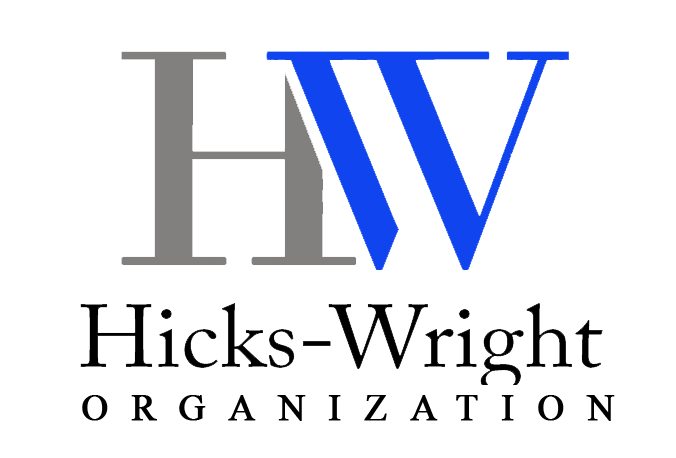What Is Employee Readiness?
It’s an important concept in the modern approach to human resource management. It is used as a measure for developing a workforce that has the potential to respond to any change that the organization may have to go through.
Because workforce readiness is a relatively new idea in management literature, there is an ongoing discussion about the factors that make up workforce readiness. Efforts are underway to design various criteria and measurement scales to help managers determine the level of workforce readiness in their organization.

EMPLOYEE READINESS

The task of measuring workforce readiness then involves laying down the criteria and developing scales or tools that can aid managers in ascertaining the current and desired workforce readiness in their department or organization. A new change in organizational structure, competitive landscape, or technology systems may require the workforce to respond swiftly by acquiring new behaviors and skills.
Here are some of the ways that managers can use to measure the readiness of their workforce:
1. Analyse Communication Systems
Managers should analyze the communication systems of their organization. Workforce readiness depends on how frequently information about organizational practices and changes is communicated to them.
2. Identifying Projects For Readiness
The next important step is to identify the issues and challenges for which readiness is required. This means that prioritizing challenges is important so that the workforce can be assessed for the relevant aspects of readiness.
The issues may be a change of hardware or software across the organization. Such transitions often mean that employees have to discard old work practices and learn new technology. They have to relinquish control over data since the data might now be accessible to all. Thus, there are attitudinal as well as technical aspects of readiness.
3. Formal Learning Systems
Organizations should ensure that skills that are already within the workforce should be transferable. This helps employees to take on the responsibilities of a colleague who may have been laid off, transferred, or on leave. Strategies such as job shadowing, mentoring, and counseling can help to make these skills available.
4. Forge Partnerships Outside The Organization
When managers have identified the skills or traits that the workforce is deficient in, and when these skills cannot be acquired in-house, they should seek to build partnerships with external organizations. Community colleges, universities, and technical schools can help to make these skills available to the workforce to increase their readiness.
5. Conduct Regular Interviews
Carrying out regular interviews with employees can be a good measure for assessing workforce readiness. These interviews may be in the form of counseling interviews, grievance interviews, and appraisal interviews. This can help managers to determine the skills and competencies of the current workforce, which can help to assess the readiness of the workforce.
6. Setting Skill Benchmarks
Organizations can measure workforce readiness by determining benchmarks in relation to the skills present in the industry. They can partner with industry associations and peers to set these standards and then measure how employees measure up against those standards. Any deficiencies or gaps identified at this stage can be addressed in the professional development programs.
Measuring workforce readiness can help your organization transition to the next stage of performance and competitiveness while also adding meaning and value to how employees perceive their role within the organization.
Want to get in touch? Use the form below!
HICKS-WRIGHT ORGANIZATION

